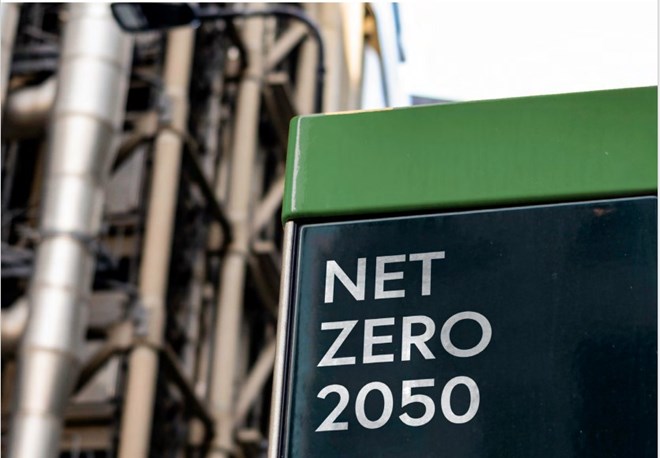
The manufacturing sector is one of the largest sources of greenhouse gas emissions globally. According to the International Energy Agency (IEA), industry and manufacturing contribute about 24% of total global CO 2 emissions.
Digital transformation will help accelerate the green transition because widespread adoption of digital technology solutions can reduce total emissions by 20% and move towards the goal of net zero emissions by 2050. In this process, digital technology not only helps reduce CO2 but also increases production efficiency, saves operating costs and brings significant economic benefits, estimated at up to 4.9 trillion USD. Digital technology can save 1.2 trillion USD in electricity costs, 1.1 trillion USD in fuel costs and 2.6 trillion USD from other expenses such as real estate and water.
Like other countries, Vietnam is making efforts to transition to cleaner energy and improve energy efficiency in manufacturing to reduce its environmental impact. The national digital transformation program will play a central role in moving the manufacturing sector towards Net Zero by 2050, through process optimization, waste reduction and support for renewable energy.
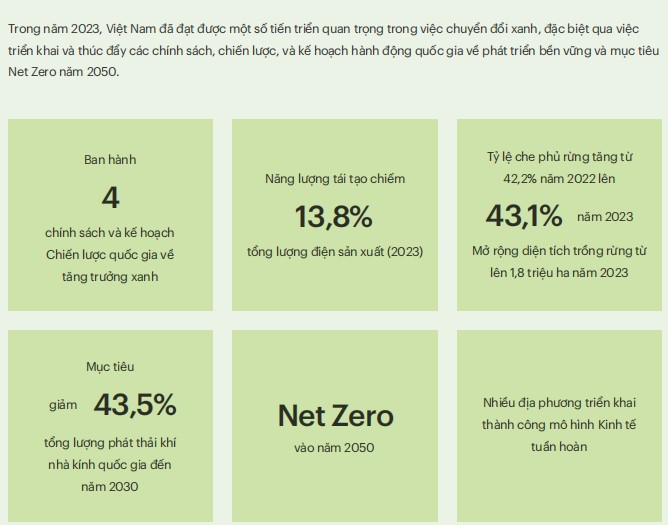
In 2023, Vietnam has achieved some great successes in digital transformation such as the national digital transformation index increased from 0.48 in 2022 to 0.71; the Innovation Index increased 2 places to 46th globally; Vietnam is in the top 10 countries with the highest number of mobile application downloads in the world for 1 consecutive year, the number of users on digital platforms increased by 46% compared to 2022, Vietnam's digital economic growth rate is the fastest in Southeast Asia for 2 consecutive years....
Advances in digital transformation are also directly proportional to green transformation in Vietnam. According to FPT Digital's DxReports released on May 4, in 2023, Vietnam has achieved some important progress in green transformation, especially through the implementation and promotion of national policies, strategies, and action plans on sustainable development and the Net Zero target by 2050.
For example, renewable energy accounts for 13.8% of total electricity production; forest coverage rate from 42.2% in 2022 to 43.1% in 2023, many localities have successfully implemented circular economic models...
In general, digital transformation supports green transformation by providing technologies and solutions to optimize processes, reduce waste, and improve energy efficiency. At the same time, the goal of a greener future also drives the need for digital innovations in areas such as energy, transportation, and waste management, thereby creating a positive feedback loop between technology and the environment.
However, according to experts, green transformation in Vietnam also faces major challenges such as skill shortages and high investment costs. Therefore, businesses need to have plans to access "green" capital sources, invest in training and skills development, as well as upgrade information technology infrastructure. That will be the key to maximizing the benefits of digital transformation.
Source: https://laodong.vn/cong-nghe/dau-an-chuyen-doi-so-trong-qua-trinh-chuyen-doi-xanh-tai-viet-nam-1335810.ldo


![[Photo] Bustling construction at key national traffic construction sites](https://vstatic.vietnam.vn/vietnam/resource/IMAGE/2025/5/2/a99d56a8d6774aeab19bfccd372dc3e9)





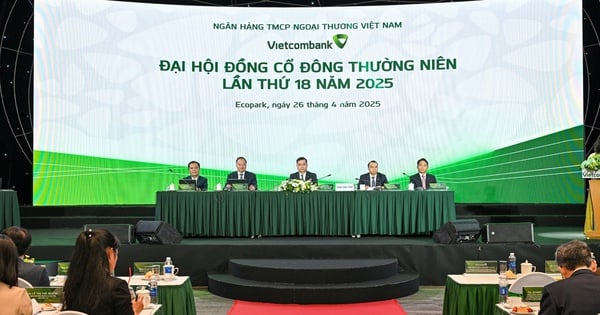

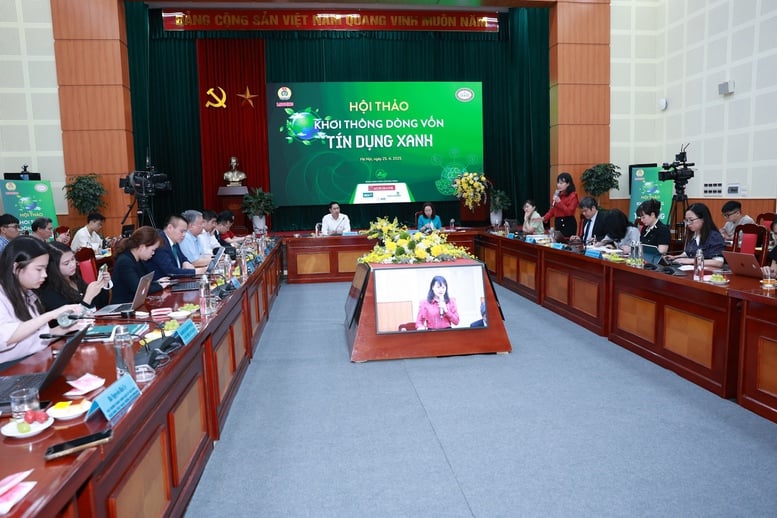




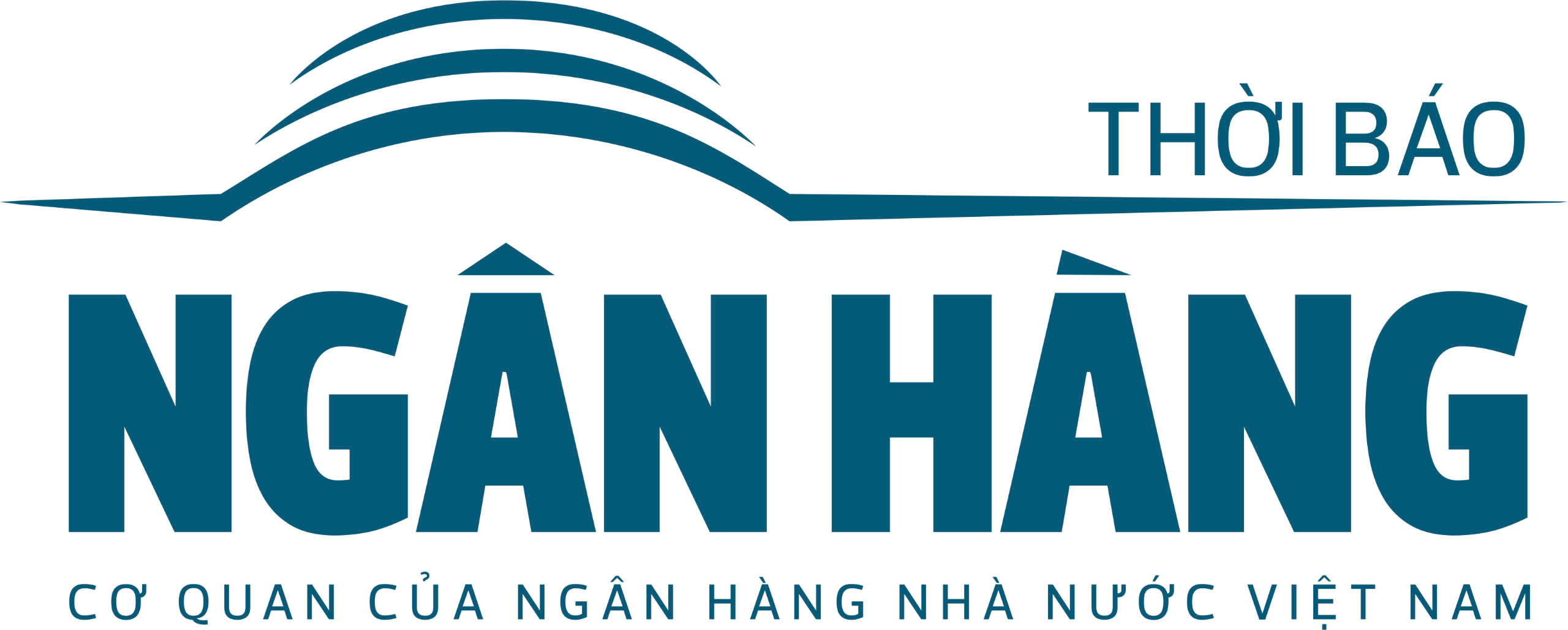

















![[Photo] Binh Thuan organizes many special festivals on the occasion of April 30 and May 1](https://vstatic.vietnam.vn/vietnam/resource/IMAGE/2025/5/1/5180af1d979642468ef6a3a9755d8d51)
![[Photo] "Lovely" moments on the 30/4 holiday](https://vstatic.vietnam.vn/vietnam/resource/IMAGE/2025/5/1/26d5d698f36b498287397db9e2f9d16c)










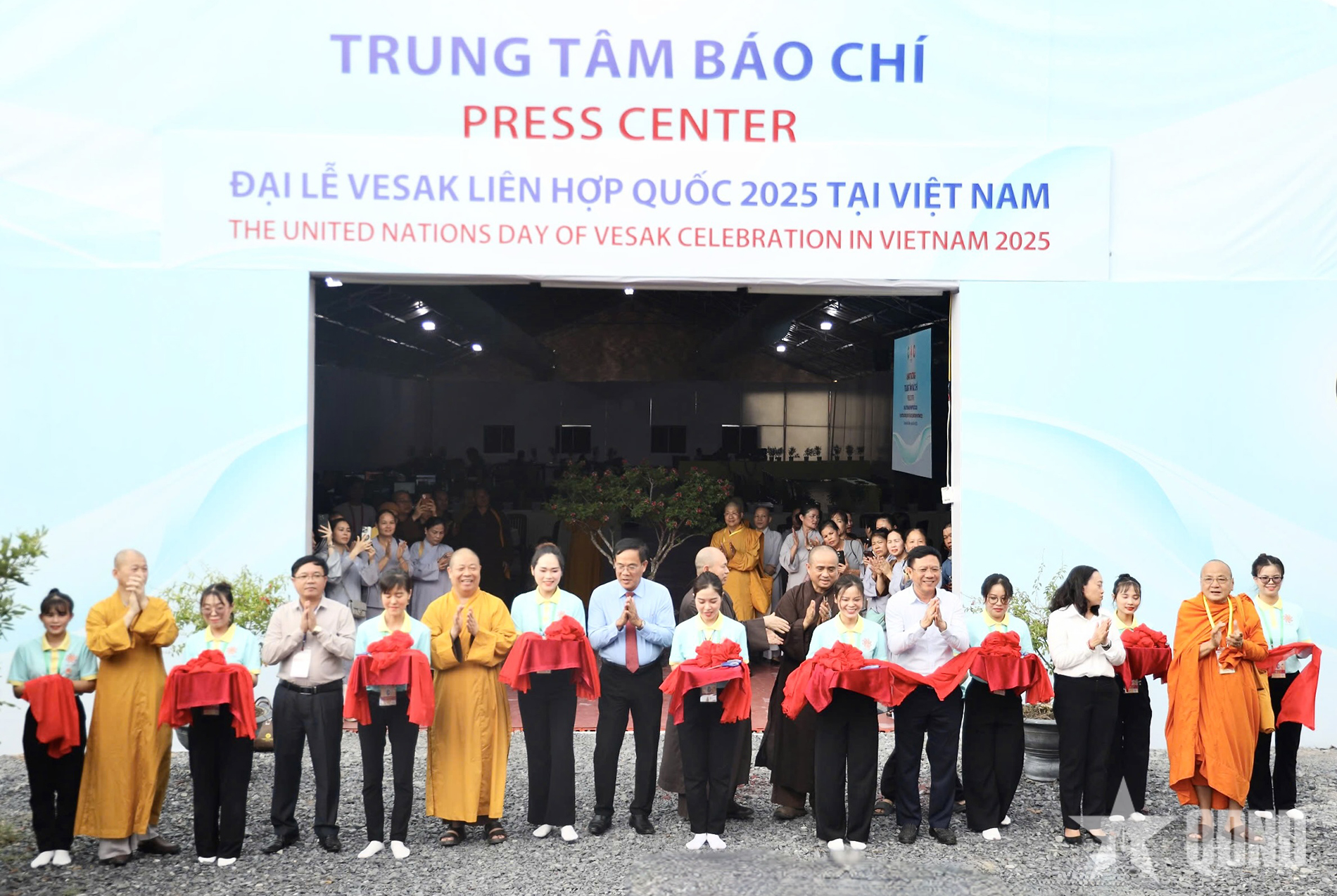
























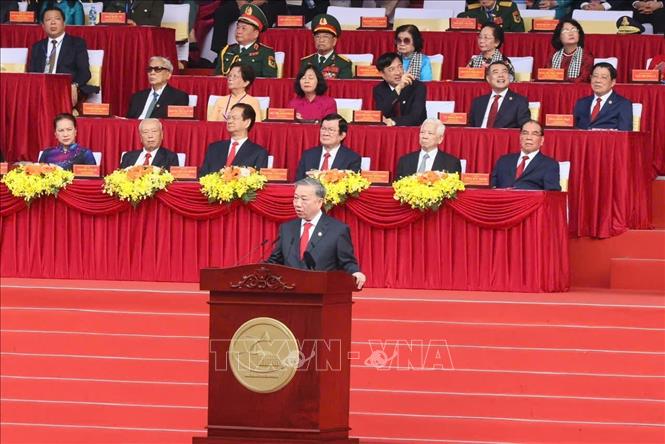








![[Podcast]. April in the heart](https://vstatic.vietnam.vn/vietnam/resource/IMAGE/2025/5/2/9d4d85d863d74637977909e5f6ad4148)

















Comment (0)